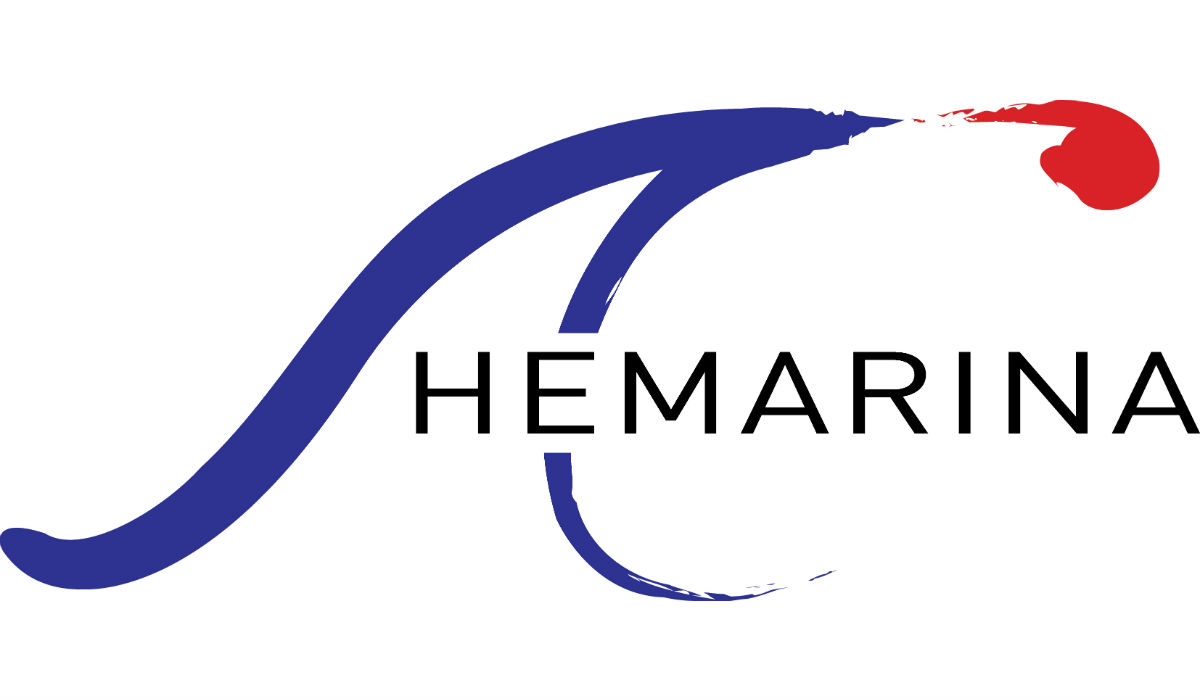 During his visit to France’s Percy Army Training Hospital on 28 April 2022, The French President met several soldiers who had been seriously injured in foreign interventions. One patient injured during a foreign military operation successfully underwent a face transplant, made possible by the HEMO2life® medical device developed by HEMARINA
During his visit to France’s Percy Army Training Hospital on 28 April 2022, The French President met several soldiers who had been seriously injured in foreign interventions. One patient injured during a foreign military operation successfully underwent a face transplant, made possible by the HEMO2life® medical device developed by HEMARINA
Hemarina announced today that its universal oxygen carrier derived from a sea worm, HEMO2life®, was recently used in a procedure for a French soldier injured in a foreign military operation and subsequently visited by the French President during an official visit to military personnel injured in foreign military operations, as well as over 300 kidney transplants. The remarkable oxygenation properties of HEMO2life® make this medical device particularly suited not only for kidney transplants but also for major reconstructive surgery or complex transplants (composite tissue transplantations).
HEMO2life® actively contributes to treatment of injured patients. Since its collaboration with the US Navy on a preclinical model for cerebral trauma treatment, Hemarina’s technology was successfully used last year in a bilateral upper limb transplant at Amrita Medical Sciences Institute in Kochi, India. The most recent use was for a young French soldier visited by the French President on 28th April 2022 at Percy Army Training Hospital. The soldier was seriously injured during a foreign military operation and required major reconstructive where Pr. Laurent Lantieri’s team used HEMO2life® to ensure oxygenation and proper tissue preservation and allow for successful re-implantation.
“The teams from Georges-Pompidou European Hospital and Percy Army Training Hospital were able to carry out this major facial reconstruction surgery and provide a new lease-on-life for this young, seriously injured soldier. He wishes to remain anonymous to rebuild his life after the medical success of the procedure. Thanks to the quality of oxygenation provided, HEMO2life® made tissue recovery of the grafts easier” explained Professor Laurent Lantieri, Head of Reconstructive Surgery at Georges-Pompidou European Hospital (AP-HP). He adds “the value of this universal oxygen carrier molecule is evident for multiple trauma and violent injuries requiring major reconstructive surgery such as facial or major organ transplants, to improve tissue preservation for both transplantations and re-implantations. Patients injured on the battlefield are frequently far from rear-base hospitals which could provide advanced reconstructive microsurgery techniques. One also wonders about future potential use as blood substitute for new medical applications.”
“We are extremely proud that our technology made more than 300 procedures possible. This means just as many improvements for families and patients alike. Toutes ces interventions et l’analyse de leurs suites confirment le potentiel d’HEMO2life® qui intègre le transporteur d’oxygène M101 issu d’un organisme marin, une molécule permettant le transport d’oxygène physiologique et sa libération sans stress oxydatif. ” concluded Dr. Franck Zal, founder and CEO of Hemarina, adding “Using HEMO2life® in major reconstructive surgical procedures on composite tissues (face, limbs…) also proves the value of M101 in this type of graft as well as in organ transplants.”
The value of the HEMO2life® technology and its potential for major reconstructive surgery procedures and difficult grafts was demonstrated in the 2020 Lancet publication[1] recounting the first re-transplantation carried out by Pr. Laurent Lantieri, Department of Plastic, Reconstructive and Aesthetic Surgery at Georges-Pompidou European Hospital in 2018. In this publication, Pr. Lantieri identified HEMO2life® as a product of interest for its capacity to solve many problems encountered during particularly complex surgeries amplified by the fact that they require much more time and consequently much more oxygen during transplants.
HEMO2life® is composed of an extracellular hemoglobin extracted from Arenicola marina discovered by a biomimetic approach. Indeed, this lugworm contains human hemoglobins ancestor which were not included in a red blood cell 450 million years ago, since the marine organisms first appeared on earth. This lugworm is in a position to remain at least 6 hours without breathing thanks to his hemoglobin which fills with oxygen at high tide. It was able to cope with tides phenomenon. High tide / low tide cycle is similar to ischemia-reperfusion in medicine. A graft disconnected from the donor is oxygen-deprived can be compared to low tide lugworm living on its oxygen supply. Subjecting a graft to oxygen-rich arenicola hemoglobin means the graft has sufficient physiological oxygen to stay alive even after being separated and the slow release of oxygen avoids oxidative damage. This universal oxygen carrier was developed after several years of research carried out by the breton biotech company Hemarina and is the first product clinically efficient in the prevention of ischemia/reperfusion in organ transplant.
[1]First human facial retransplantation: 30-month follow-up
Lantieri et al.
Published:November 28, 2020
https://www.thelancet.com/journals/lancet/article/PIIS0140-6736(20)32438-7/fulltext
